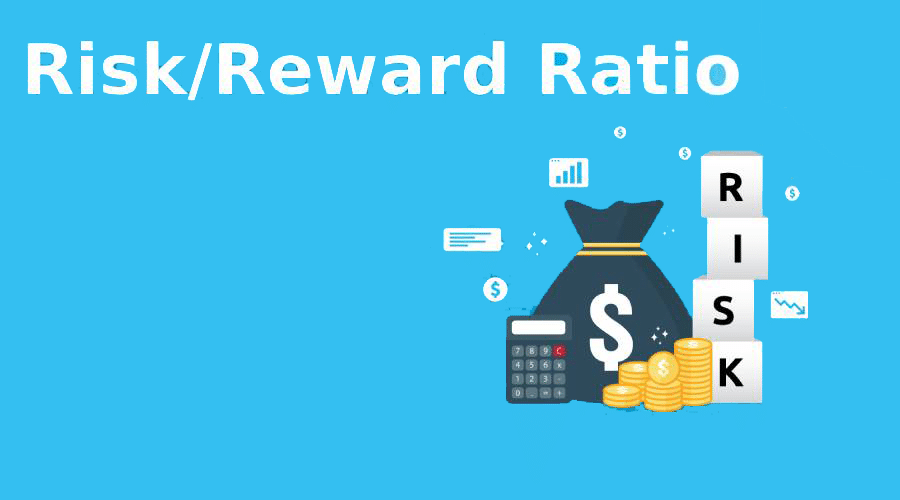Forex trade comes with its own set of risks and rewards and a trader should expect to take a few losses with a few wins. But, certain indicators allow one to assess the risk and judge whether or not it is wise to trade. In this article, we take a look at the reward-to-risk ratio and see how traders can make sense of it.

What is the Risk-to-Reward Ratio?
The risk-to-reward ratio shows the potential for the reward that a trade has for every unit of currency that s/he risks. Traders and investors use this indicator to compare the prospective returns of a trade, given the risk that they undertake for these.
Let’s illuminate this with an example: A trade with a risk-to-reward ratio of 1:9 indicates that the trader has to take a risk of $1 to earn the prospective $9. Compare that with a risk-to-reward ratio of 1:4 that tells that the trader can risk $1 to earn $4 on the much lower trade.
The risk-to-reward ratio is used by traders to judge which trades are worth taking. One can arrive at the ratio by dividing the amount that the trader will lose if the price of the currency moves to a contrary direction by the amount that the trader stands to profit.
How the Risk-to-Reward Ratio works?
The idea here is to look for those trades where the risks are outweighed by the rewards. The larger the potential rewards, the more trade losses you can bear. In the first example of the risk-to-reward ratio of 1:9, one can withstand 9 such possible losses before. That is the buffer that keeps you from falling out early.
Usually, this ratio becomes useful when the price is nearer to resistance or support. For instance, if USD/CAD is experiencing a downtrend with the price stalling near resistance with the expectation of a lower high, the risk-to-reward ratio would indicate a sell trade with a larger take-profit in the direction of the trend and a smaller stop-loss above the entry.
How to interpret the Risk-to-Reward Ratio?
The risk-to-reward ratio enables traders to manage trade loss risks. Even when a trader gets a few profitable trades, over time they will lose if their win rate is fewer than 50%. The ratio also highlights the difference between an entry point to a take-profit and stop-loss order. When these two are compared, one gets the ratio of reward to risk or the other way around.
Types of Risk-to-Reward Ratio that a Trader should use
It all depends on the market conditions and your unique trading style. Of course, the ideal scenario would be if a trader could always find traders with low risk and high rewards. But, reality tends to be far from ideal.
Most traders do not tend to go with a trade with risks larger than rewards. However, such a step would make sense if markets were volatile. A stop loss is used not only to protect one’s capital but also to get out of trade once it stops making sense. But, sometimes, the trade doesn’t stop making sense for a long time.
It comes down basically to what type of a trader you are and what is the risk-to-reward ratio that you’re comfortable with. Beginners, however, should avoid taking trades where risks are bigger than rewards.
Conclusion
The risk-to-reward ratio is critical for traders who want to effectively manage their capital and the risks involved in the trades that they execute. Understanding this ratio can mark the difference between a solid forex account and one that has busted after only a few trades.








Leave a Reply